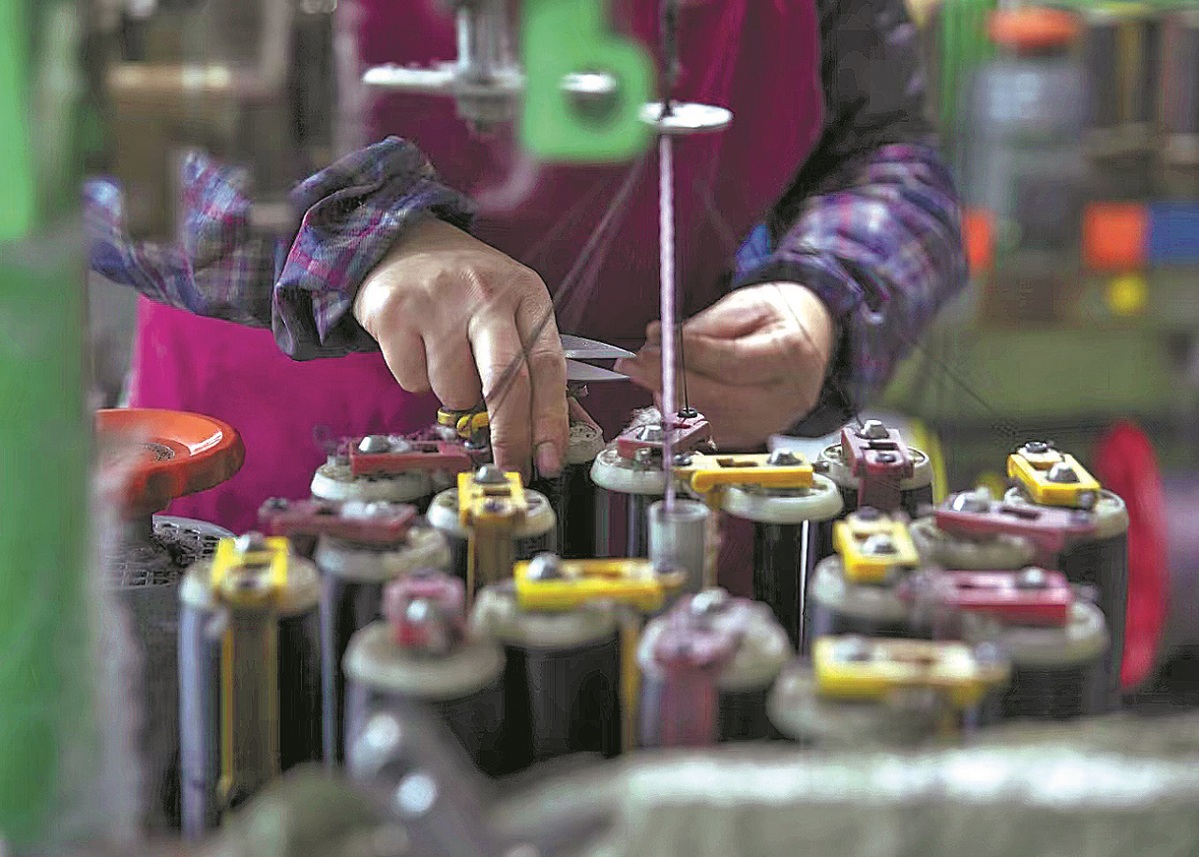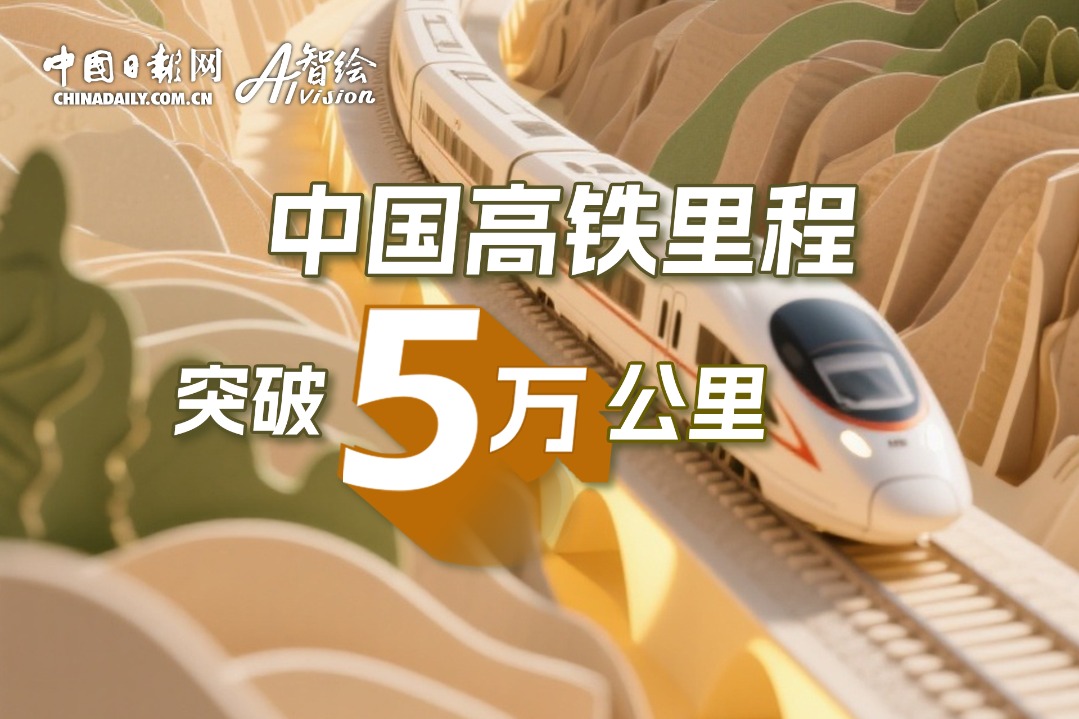Lace hub's global dominance unthreads tangled US tariff policy
Zhejiang-made dress puts manufacturing base in spotlight


Quality counts
To weather the current market slowdown, Lin said the company must focus on quality. "If our products are good enough, we won't be eliminated. We're constantly improving based on market needs," Lin said.
Huaweimei has the same mindset, and multiple awards for technological innovation are on display in Chen's office. "Design innovation is our specialty," he said.
The company has created nearly 2,000 lace patterns, some patented, and built a digital archive of all samples over the past 20 years. "We keep evolving our patterns and materials. Our pattern designs aren't just generated by software — they're rooted in the craft and creativity of our town's master artisans," he said.
Photos of Chen with international buyers hang in the showroom. Mabu's lace has earned global recognition, and some foreign clients come directly to the town's factories.
One Brazilian customer has partnered with Huaweimei for two decades, across two generations. "This young man is the son of our longtime Brazilian partner who has now retired," Chen said proudly, pointing to their photo together.
Many foreign buyers praise the variety of patterns Huaweimei offers. The company fulfills the full supply chain from raw materials, to production, to sales. "If others want to replicate our lace production, it would take at least a decade to match our infrastructure," he said.
Chen served as president of the Pingyang Knitted Lace Industry Association for 11 years and is now its honorary president. "Even though we hold patents, we allow others to produce them. Lace is a livelihood industry," said Chen.
Many lace products require hand-assembled parts, and Chen's factory often outsources this work to local residents. Components are gathered from other villages, assembled, and turned into final products.
























